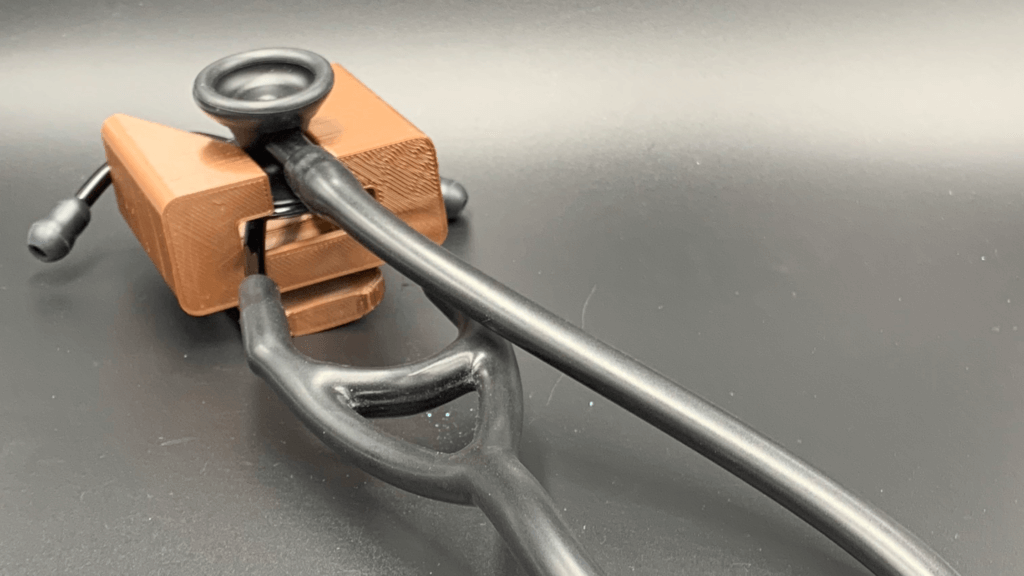This week’s maker is 2nd year student in the UCSF School of Medicine, Vivian Zhou. We caught up with Vivian in between her busy schedule to learn about what motivates her to 3D print.
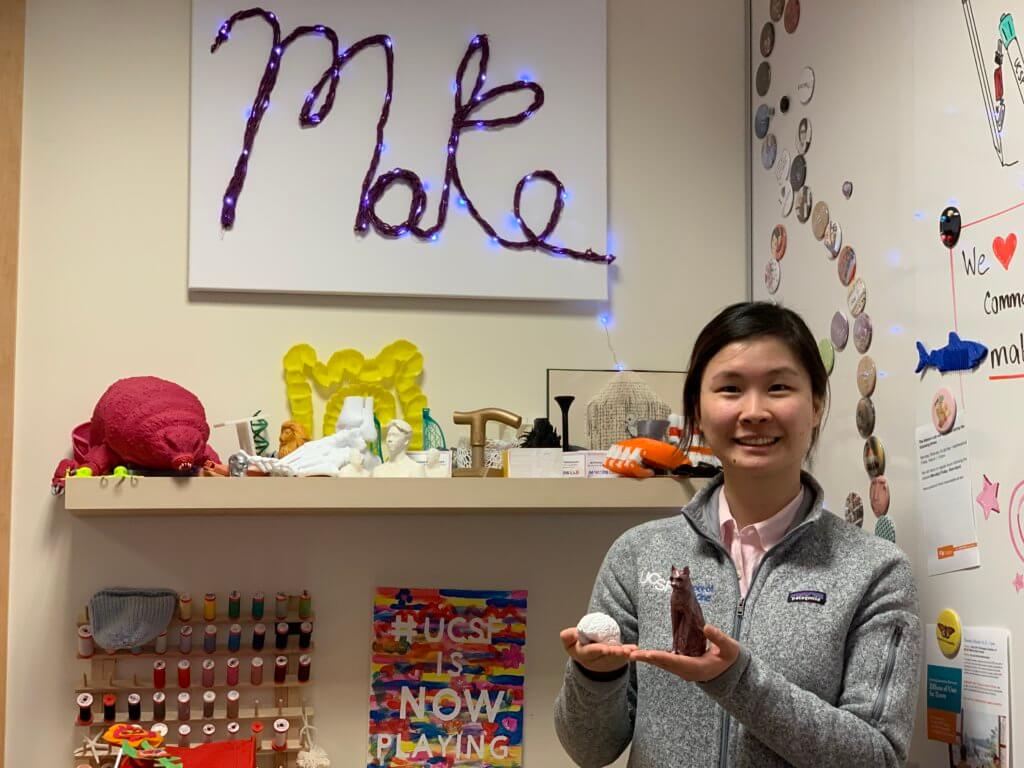
Q: What did you make?
A 3D print of both hemispheres of the brain.
Q: Why did you want to make a brain?
As a 2nd-year med student I’ve printed organs as we’ve learned about them. It’s helpful to see an organ in person. With a cadaver, you can’t always handle it the way you’d like to, and you only have a limited time in the anatomy lab. It’s really nice to be able to hold it in your hand. You can really see it; it’s not just someone describing it. Also, I wanted to see what a healthy brain looked like, instead of a diseased one.
Q: Why did you choose to make it, rather than buy it or just do without it?
Models cost in the hundreds of dollars. Plus, if you make it yourself, you feel more attached to it, you learn more – like “It’s your brain.”
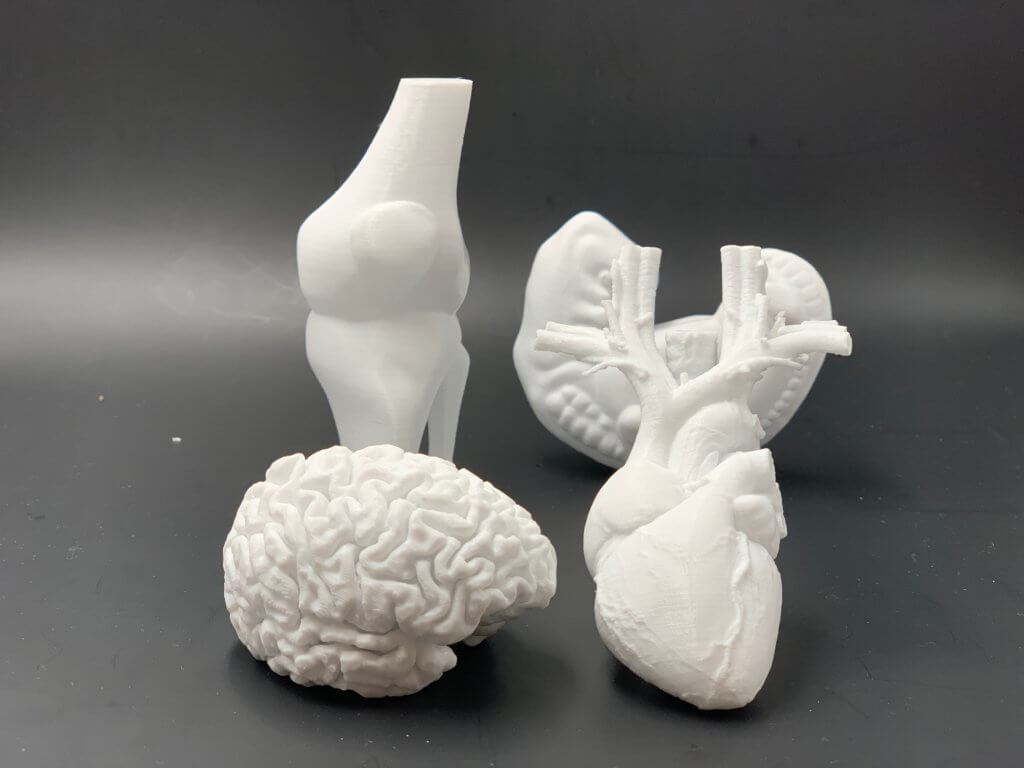
Q: What was your process?
I went on Thingiverse, and searched for “brain.” I tried a couple models that didn’t show sufficient detail. I ended up printing each hemisphere separately because it showed more detail way. I had to remove lots of little bits of support structure, but that was actually very satisfying. As I uncovered each new bit, I thought “Oh yeah, this shows what I learned in class!”
Q: What was the hardest part of the project?
Removing the support structure because within the brain there are so many tiny pieces. I needed to try lots of different small tools, and almost carve some parts out.
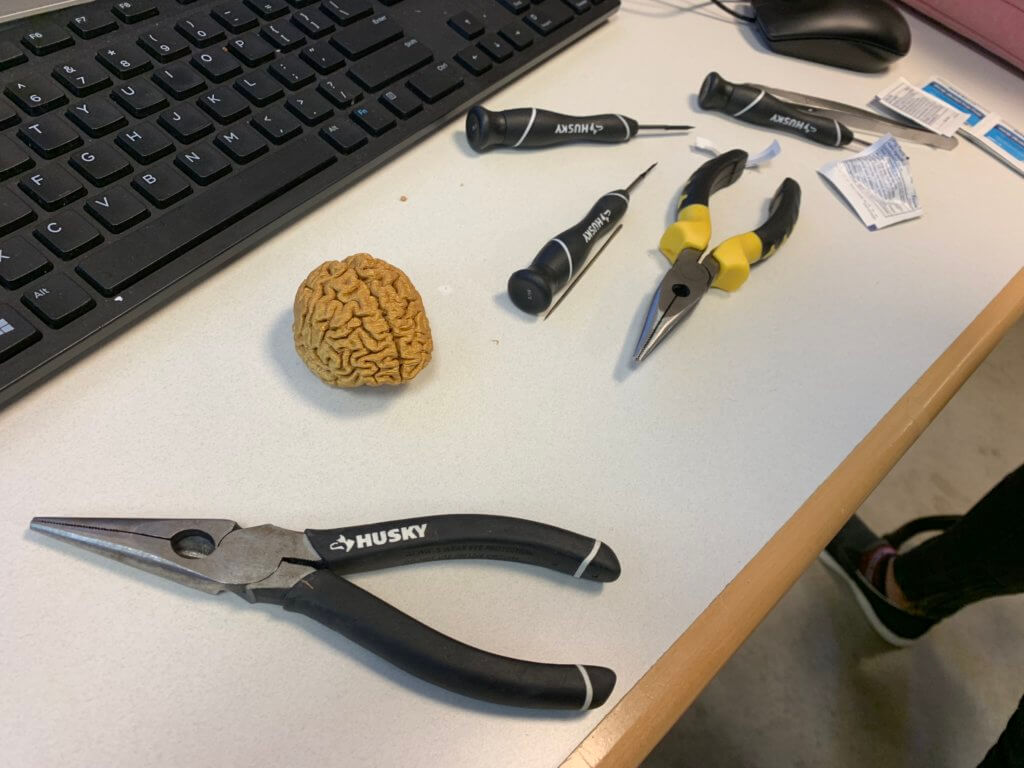
Q: What was your favorite part of the process? Which part was most fun for you?
As you begin the print and see it start to go, it’s exciting when you get an initial sense of the finished product. And afterwards, just having the brain and being able to bring it with me and refer to it anytime is really cool.
Q: What did you learn from the process?
It increased my overall comfort level with 3D printing, especially printing multi-part objects. Knowing what angle, where to best split it so it will come together neatly. Like the more zigzags you have, rather than straight lines, the longer it takes.
Q: How did this help make you a better student?
It made me more interested in the subject matter to be sure – to have the printed organ right in front of me, to be able to hold it in 360°. It’s different when you can look at it, and then really KEEP looking at it and all its various details. It all comes together in a way that it can’t really with just the textbook and your notes. Also, as med students we’re always trying to figure out what we’re going to do with the rest of our lives. I realized through this process that I really liked working with my hands more than I thought. It definitely made me want to learn about and explore more procedural specialties in the future.
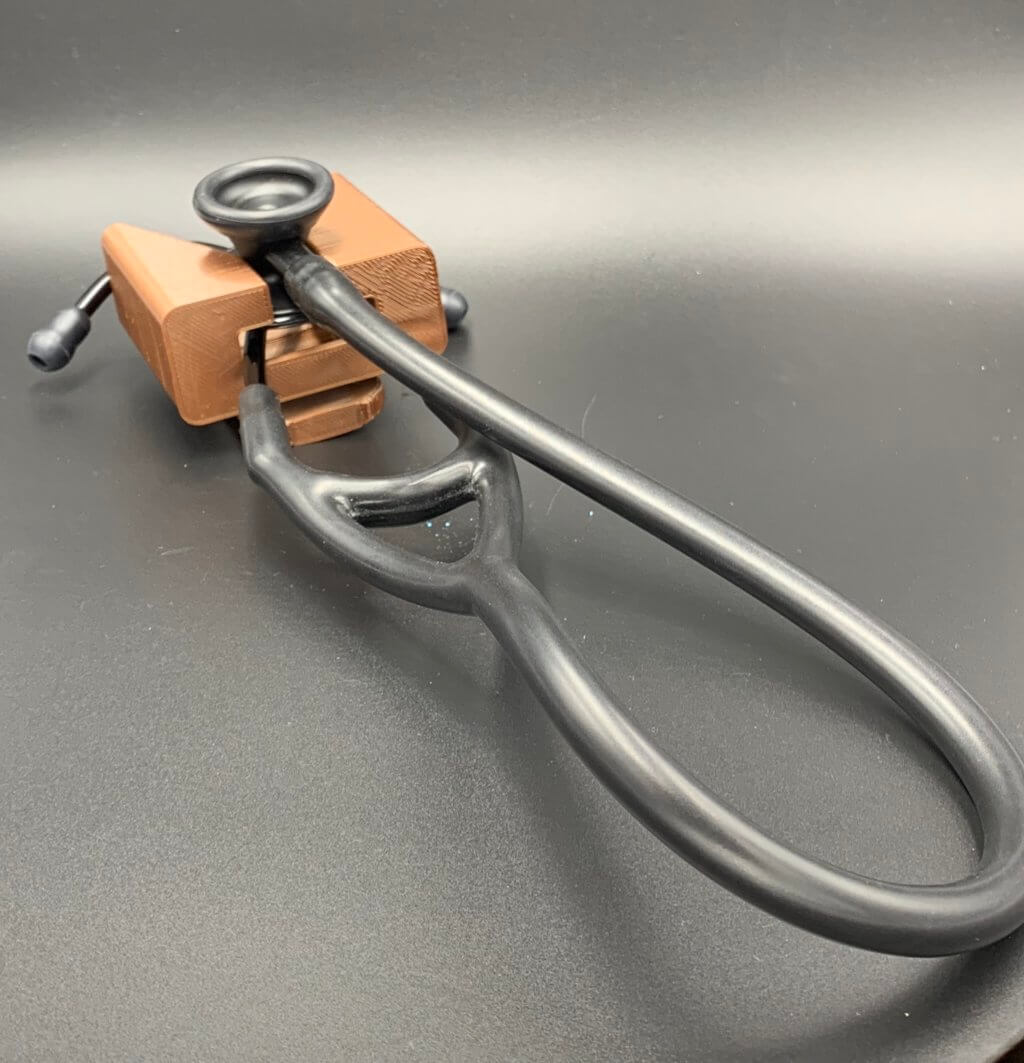
Q: What do you want to make next?
I’m hoping to do a whole series of organs and put them all together into a kind of mini-display. A heart, lungs – all my favorite organ systems. It would be nice aesthetically, but would also help people get a better understanding how the systems work together, in a 3D way.
